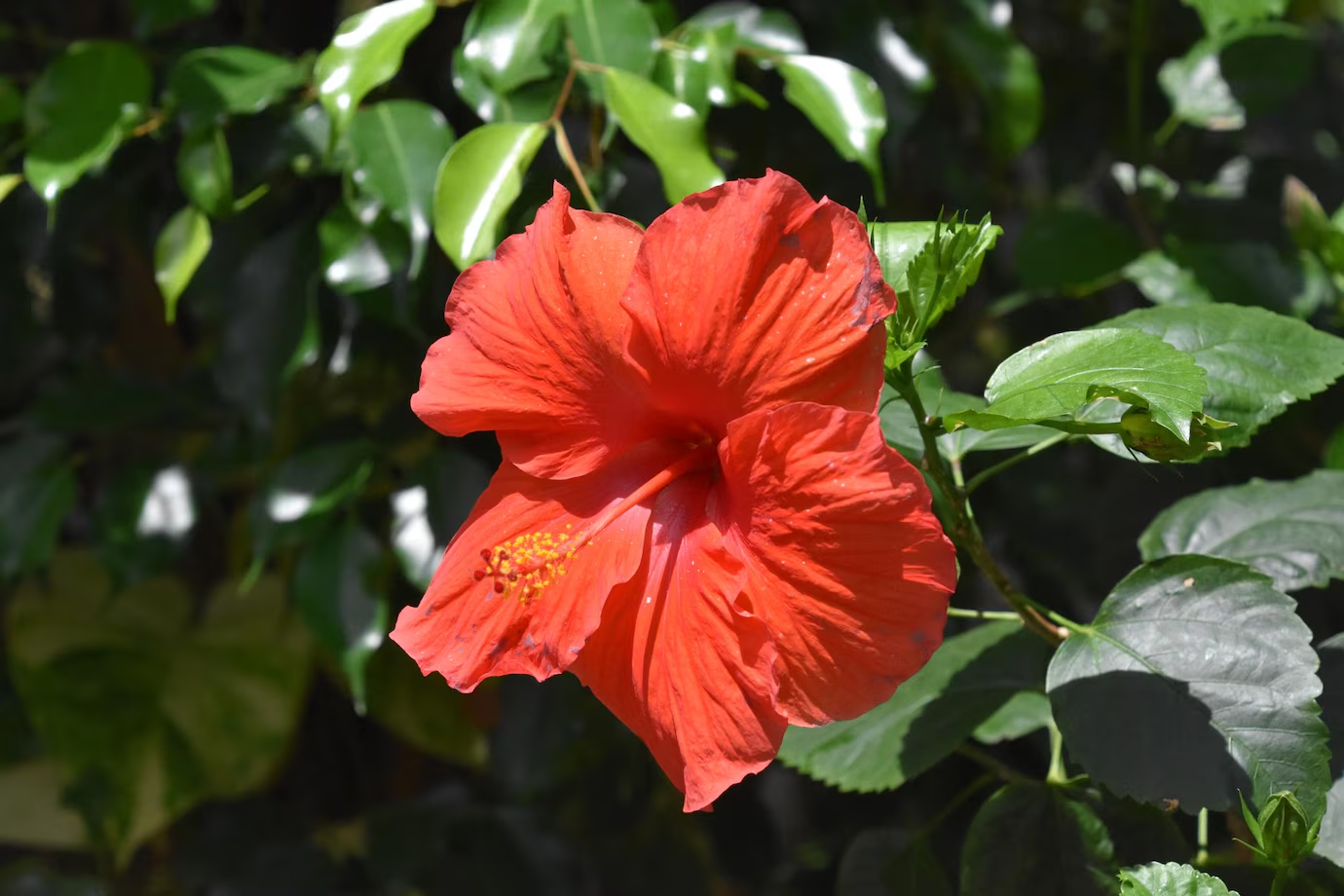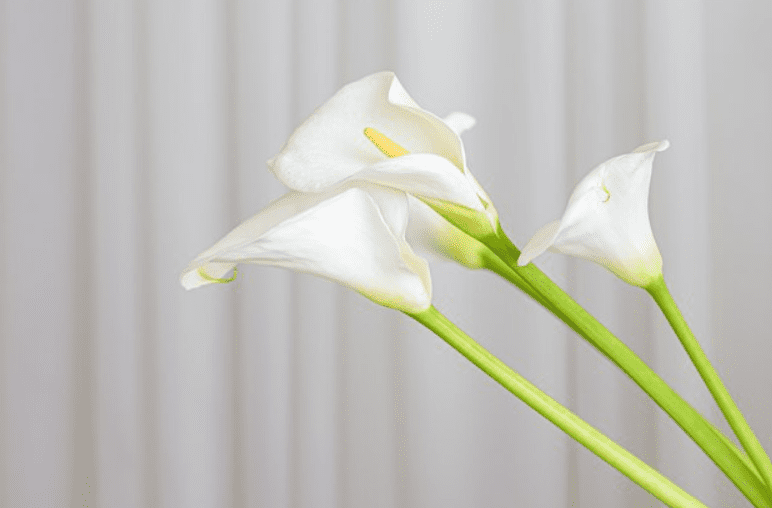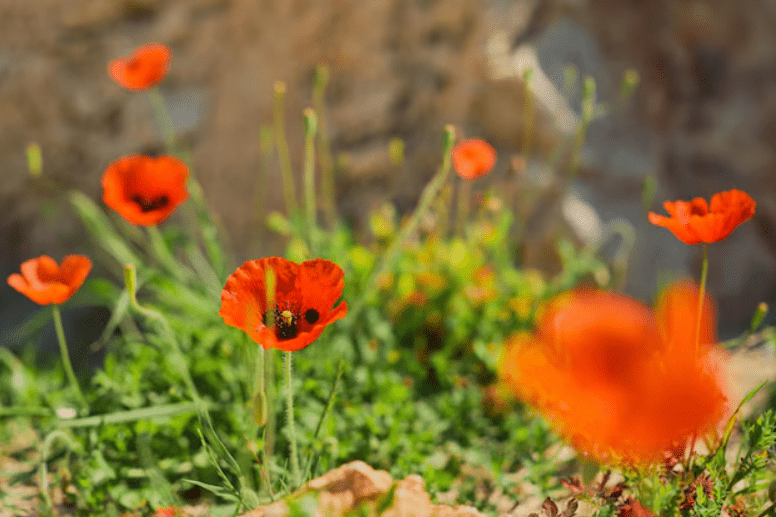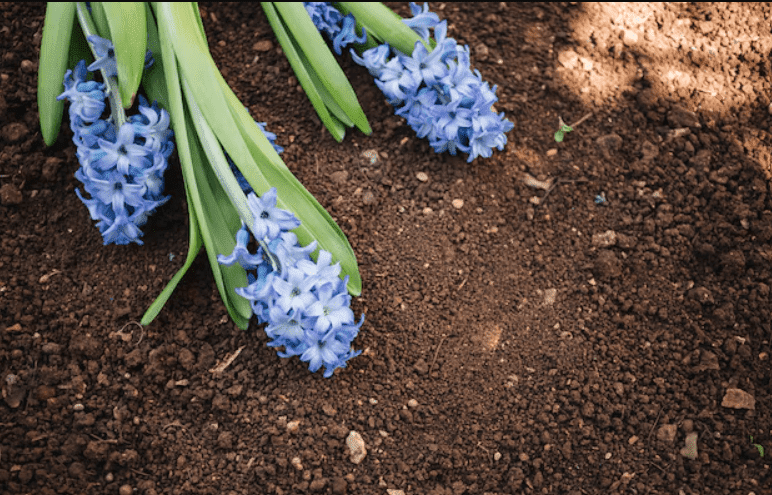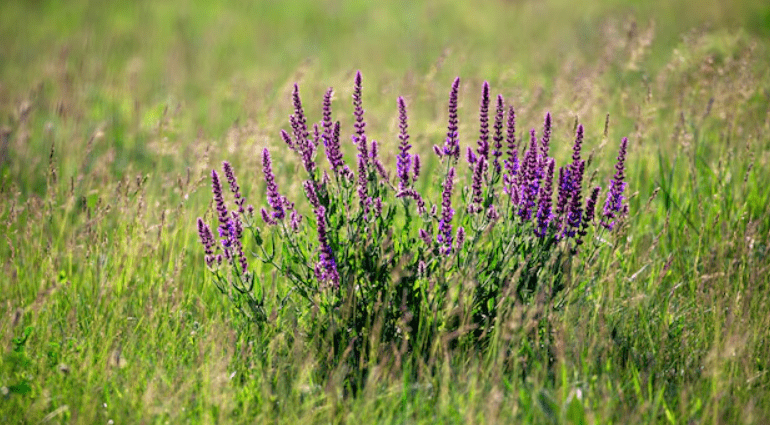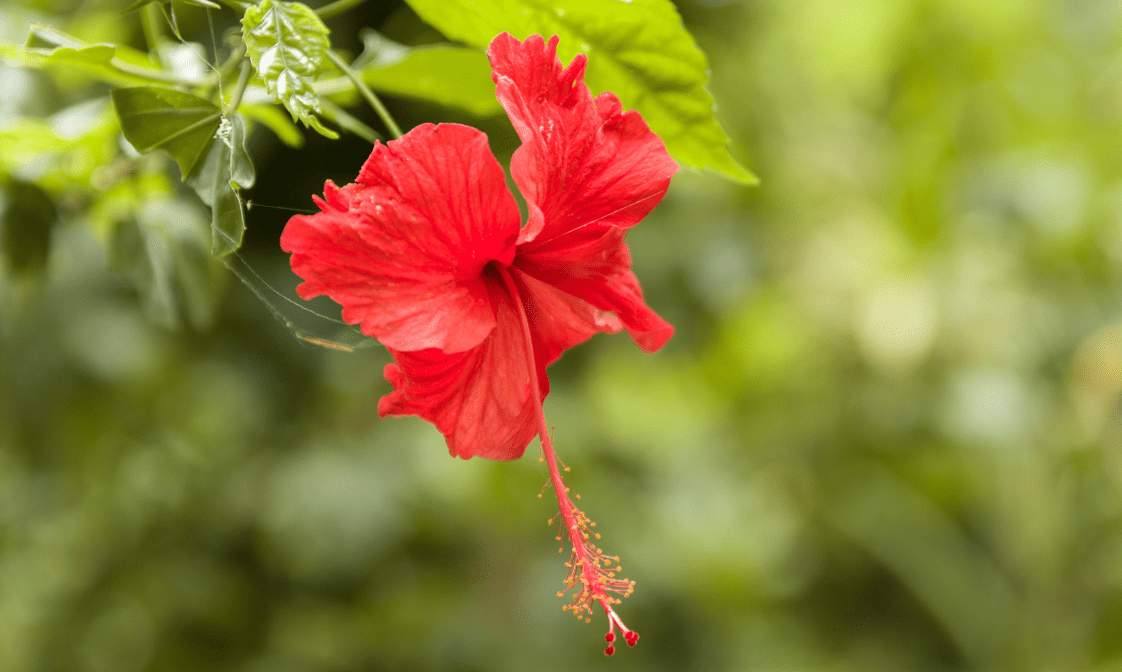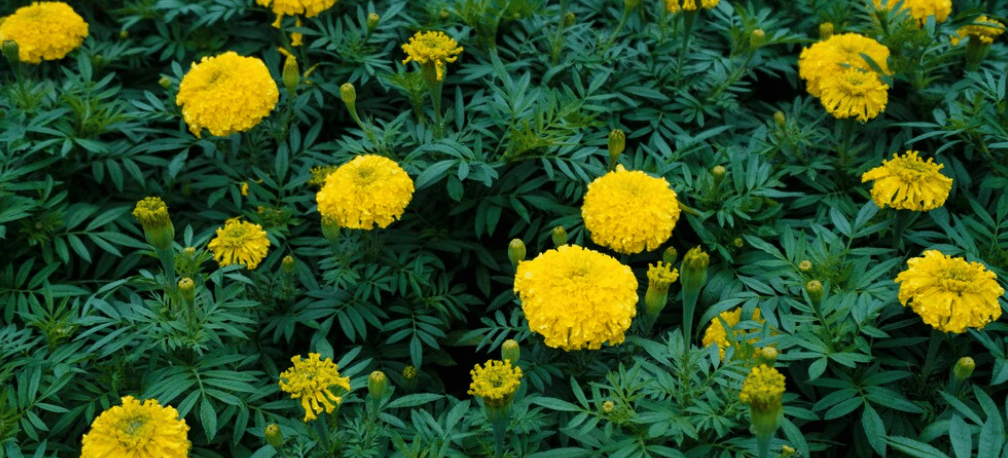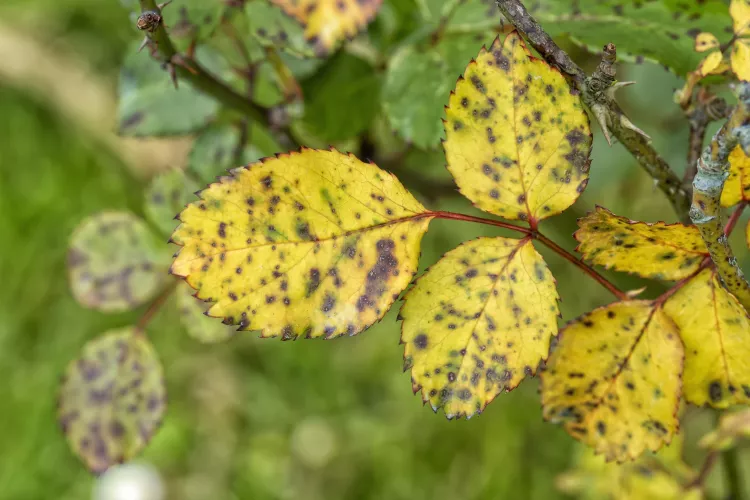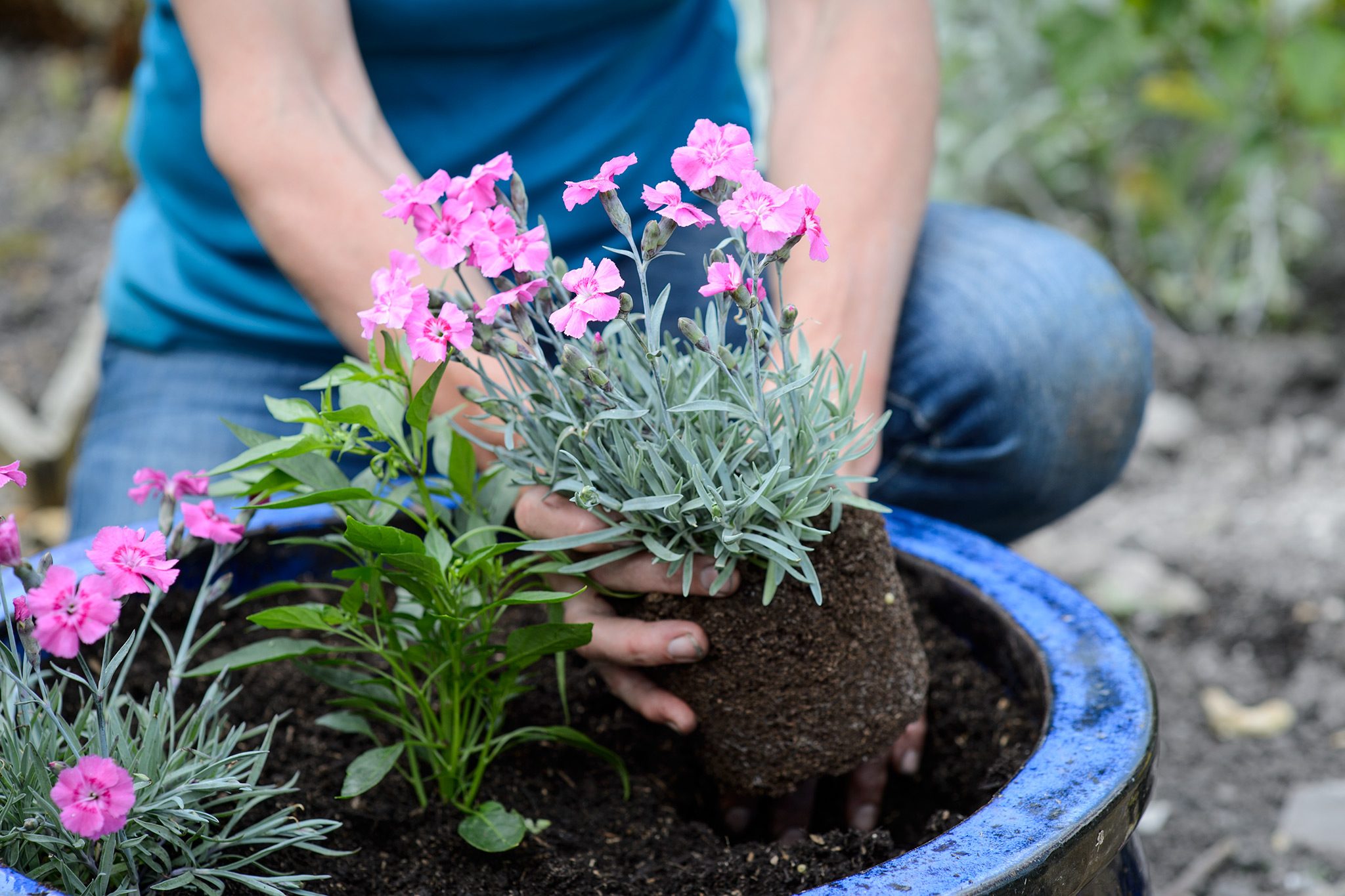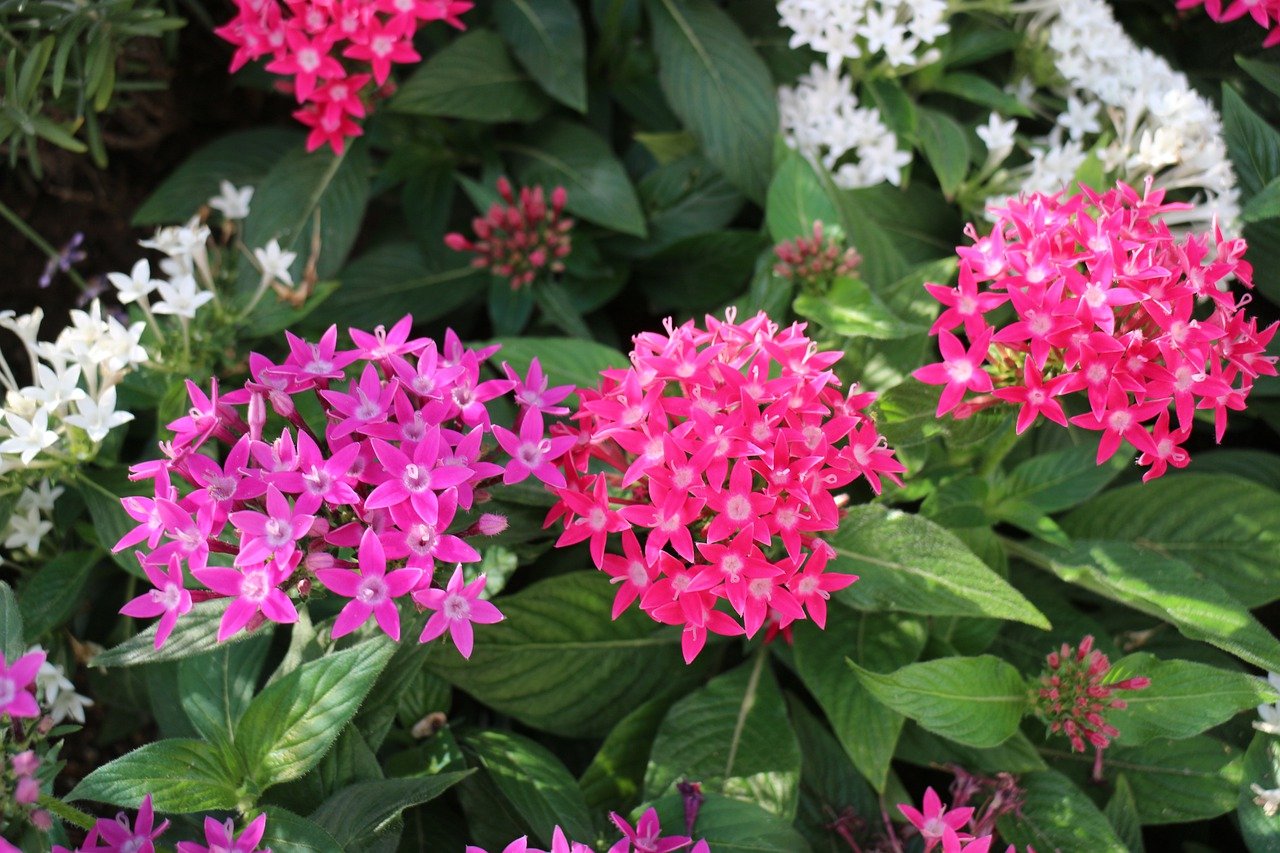Hibiscus plants are a very attractive addition to any garden. Their bold, colorful blooms not only enhance your landscape but also attract beneficial pollinators like hummingbirds, butterflies, and bees. Plus, hibiscus is easy to propagate, allowing you to multiply your plants at no extra cost.
With over 200 varieties in the Hibiscus genus, some are simpler to propagate than others. It’s crucial to identify which type you have before you begin, as some varieties are best propagated from cuttings, while others thrive when grown from seeds.
Table of Contents
ToggleMaterials You’ll Need
To successfully propagate your hibiscus, gather the following tools and supplies:
- A healthy mother plant
- Sharp, clean pruning shears or scissors
- Rooting medium
- Small pots or containers with drainage holes
- Well-draining potting mix.
- Clear plastic bags or plastic wrap
- Rubber bands or plant ties
- A watering can or spray bottle
Instructions:
How to Propagate Hibiscus from Stem Cuttings:
Choose the Right Time
The ideal time to take hibiscus cuttings is during spring or early summer when the plant is in active growth phase. Look for a healthy mother plant with stems about 4-6 inches long, complete with several vibrant leaves. Avoid taking cuttings from newly planted or young plants.
Prepare the Cuttings
Using sharp, clean pruning shears or scissors, make a cut just below a leaf node (where the leaves meet the stem). For a clean cut, use a diagonal angle to help water drain away from the stem. Remove any flowers or buds to prevent them from diverting energy away from root development. You can take multiple cuttings from a single healthy plant.
Optional: Apply Rooting Hormone
Dip the freshly cut end of each stem into a rooting hormone powder or gel. This step encourages faster root growth. Be sure to follow the instructions on the hormone packaging.
Prepare the Pots
Fill small nursery pots or containers with a well-draining potting mix. Thoroughly water the soil and let it drain completely.
Plant the Cuttings
Make a small hole in the soil with a pencil, and insert the cut end of the stem. Plant the cutting deep enough that at least one leaf node is beneath the soil.
Water and Cover
Lightly water the cuttings to settle the soil around them. Then, cover the pots with clear plastic bags or plastic wrap, securing them with rubber bands or plant ties to create a mini greenhouse effect.
Provide the Right Environment
Set the pot in a warm, bright area with indirect light. Keep it out of direct sun to prevent overheating the cuttings inside the plastic cover. Maintain a temperature between 70–80°F to support healthy root development.
Maintain Humidity
To maintain high humidity inside the plastic cover, mist the cuttings daily or every few days, depending on the moisture level.
Monitor Growth
Check the cuttings regularly for signs of root development and new growth, which may take several weeks to a couple of months. Once the roots have established and the cuttings show new growth, remove the plastic covering.
Transplant the Rooted Cuttings:
When the cuttings have grown enough to be self-sufficient, carefully transplant them into larger pots or directly into your garden in well-draining soil.
Remember, not all cuttings will successfully root, so it’s wise to take extra cuttings to ensure success. With patience and care, you’ll soon enjoy thriving hibiscus plants in your home or garden.
Best Time To Take Hibiscus Cuttings
The ideal time to take hibiscus cuttings is during the plant’s active growing season, typically in spring or early summer. This is when the hibiscus produces fresh growth, making it more likely to root successfully. Here’s a closer look at the ideal times:
Spring
Early to mid-spring is the perfect time to take hibiscus cuttings. As temperatures warm, hibiscus plants begin to sprout new shoots and leaves, creating ideal conditions for healthy, strong cuttings.
Early Summer
You can still take cuttings in early summer if you miss the spring window. The plant is still actively growing during this time, and the warm weather supports root development. Be sure to take your cuttings before the heat of summer sets in to avoid stress on the plant.
Taking cuttings during these times increases your chances of success because the plant’s growth hormones are at their peak. Always choose healthy, disease-free stems, and follow the proper Hibiscus care techniques to encourage root growth.

